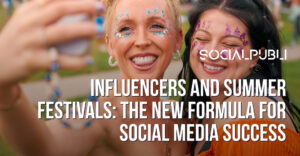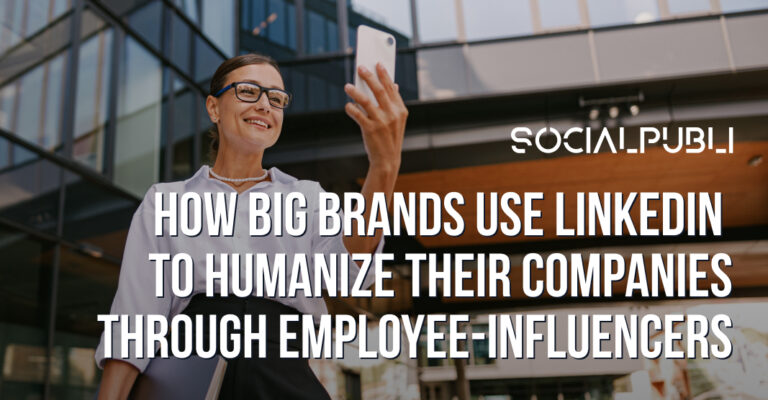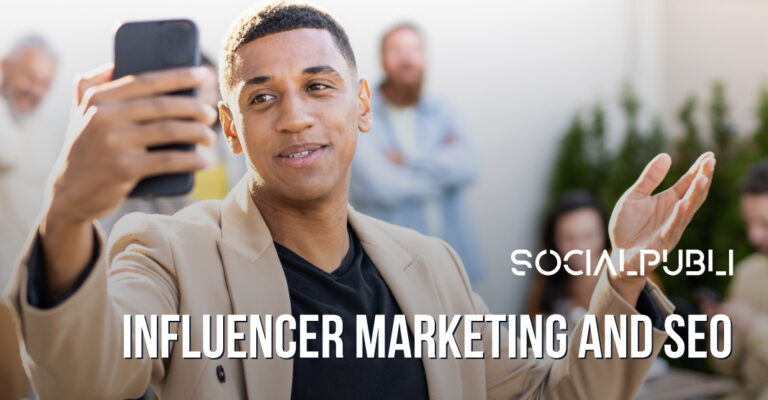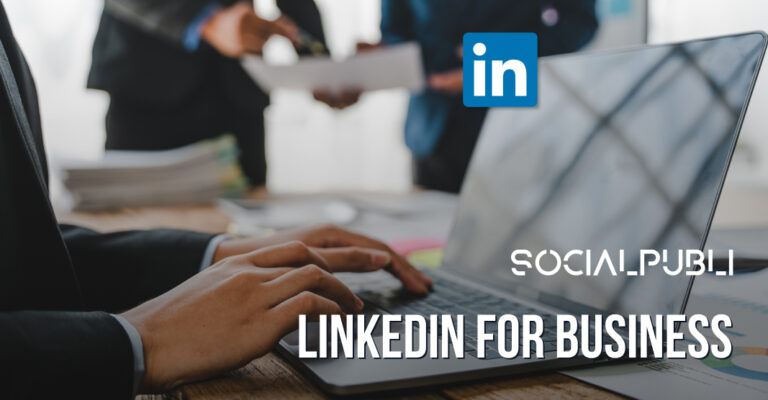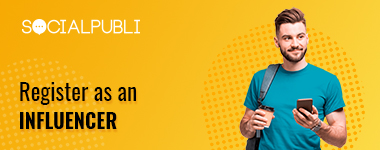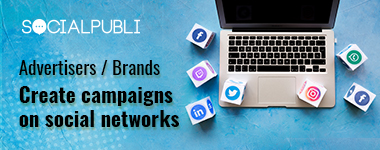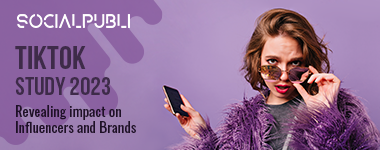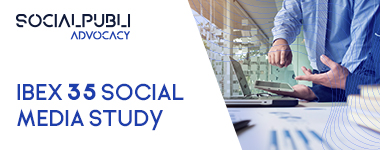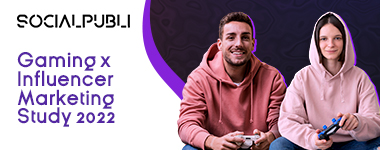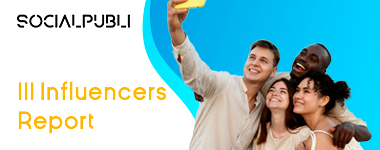The digital landscape changes and evolves on a daily basis. Advertising on social media has to do the same. What worked before doesn’t necessarily work now, and trends may appear which can be leveraged in your marketing strategies. So, let’s review the current state of the main social media networks, along with the keys that will let you get the most out of each one.
Instagram was the queen of social media advertising in 2017. It reached 800 million active users and, naturally, companies were focused on this. The platform has grown and evolved, and marketing on Instagram has also changed.
In 2018, you can end up with content overload. Every company wants to be present on Instagram, but users have a limit as to how much content they can consume on their timeline. That’s why quality must prevail over quantity. Posts have to be visually attractive and form a harmonious whole.
To fight information overload and fatigue, in 2018 their ephemeral Stories will be the solution for brands. With Stories, you can show a more human side, add value to followers, strengthen your publications and do mini-surveys. As if this were not enough, with Stories you can also add links to your website.
Facebook ended 2017 filling companies with dread because they changed their algorithm. As a result, brands have lost visibility. The organic reach of brands on Facebook has been hurt because Facebook wants to strengthen user participation which is active and social. This means that Facebook gives priority when a user mentions someone, over simply reading a blog post (a more passive act).
There are several solutions to prevent Facebook from hurting your social media marketing strategy:
- Change in your organic strategy, searching for content and ways to communicate it, whenever possible.
- Facebook Ads, in order to be sure that your message reaches your followers
- Micro-influencers, the key to taking advantage of the fact that your visibility is now based on social interaction.
Although it’s not what it used to be, Twitter continues to have a very active community and some unique communication capabilities for social media advertising. Hashtags, proximity, immediacy and Trending Topics can bring your campaigns to life.
The digital landscape of Twitter hasn’t changed much, and it still maintains its usual rules. If a user follows you, you will see the posts on their timeline. And if you have multimedia content (images, GIFs or native videos), so much the better.
YouTube
Controversy followed YouTube in 2017. It has now made numerous changes in order to re-establish its bases and move forward. In spite of this, YouTube ads don’t take advantage of the full potential of their traffic data. For example, there have been cases of advertisements for women’s lingerie in a gamer’s video with 80% male followers.
They have also modified their payment policies, which means that YouTubers with fewer than 1,000 followers won’t be able to make money from the platform, which could reduce the number of content creators in the long run.
This is a very specific social network in terms of content. even though it has left aside some of its “professionalism”. Advertising on LinkedIn stands out because of its high price, which has been a constant for a long time.
Fortunately, micro-influencers can be what makes the difference here in your Linked In marketing strategy.
In an era of information overload, where ad-blockers are the order of the day, micro-influencers and their ratios of interaction appear to be the solution to getting your message out in 2018.

